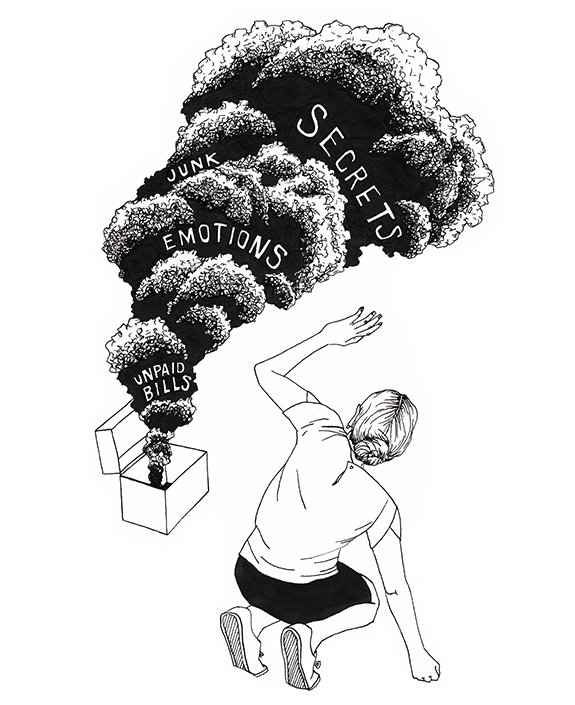How to Get An Advance Healthcare Directive Done During Covid
Don't Have an Advance Healthcare Directive? Here's How To Get it Done During COVID
Jun. 15, 2020
On my way home from having lived abroad, I lost my advance healthcare directive. I’d taken the small saddle stitched packet with its mustard yellow cover along with me to nine countries, and then on one last stop, while bunking at my sisters, it vanished. I searched every corner of every box. It was gone.
That was last summer.
It’s been a nagging item on my to-do list ever since. And now here we are, sheltering in place, thinking a lot about the unknowns and the unknowable of this virus: Will we not feel it at all, or end up in the ICU? How will my mother, who is breathless after five stairs, survive without a ventilator? Would I want a ventilator?
Such questions can send you into a panic. But here’s some good news: This is one place where we can exert ourselves and help the people we love by telling them our wishes—even while on lockdown.
Knowing that replacing my advance healthcare directive right now would require some research—it’s challenging to find a lawyer who will see you, much less get close enough to people for them to act as witnesses to your signature—I reached out to Liza Hanks, who writes about estate planning on her excellent blog, Life, Death, Law.
Here are her suggestions for how to complete essential paperwork while social distancing:
Download your state's advance directive from from AARP website:
https://www.aarp.org/caregiving/financial-legal/free-printable-advance-directives/Print it out.
Sign it in front of two neighbors who are standing six feet away, and then have each of them walk up, separately, and sign.
Directives can be witnessed or notarized.
As for filling out that directive, the hardest to answer questions on healthcare directives are:
Who will you ask to be your health care agent or proxy who will speak for you should you not be able to speak for yourself.
Whether or not you’d want life-support measures like a feeding tube or mechanical ventilation if your body can no longer do the eating or breathing on its own.
The latter is particularly important to think through as we face COVID, which can cause respiratory distress.
If you don’t know what a ventilator and the process of intubation and extubation entail, there are some very helpful explainers out there. Start with this Op-Ed: “What You Should Know Before You Need a Ventilator” and maybe watch the documentary End Game (in which our very own BJ plays a role and which you’ll find on Netflix).
I just printed out two California forms—one for me and one for my mother (who also doesn’t have one in place) and am thinking about which neighbors I’ll enlist.
And while I don’t know when exactly I’ll get to the next step of filling it out, it feels good, in these planless times, to have a plan.
For more info like this, check out the paperback version of our book A Beginner’s Guide To The End available June 30th at your favorite bookstore, and on Amazon.
